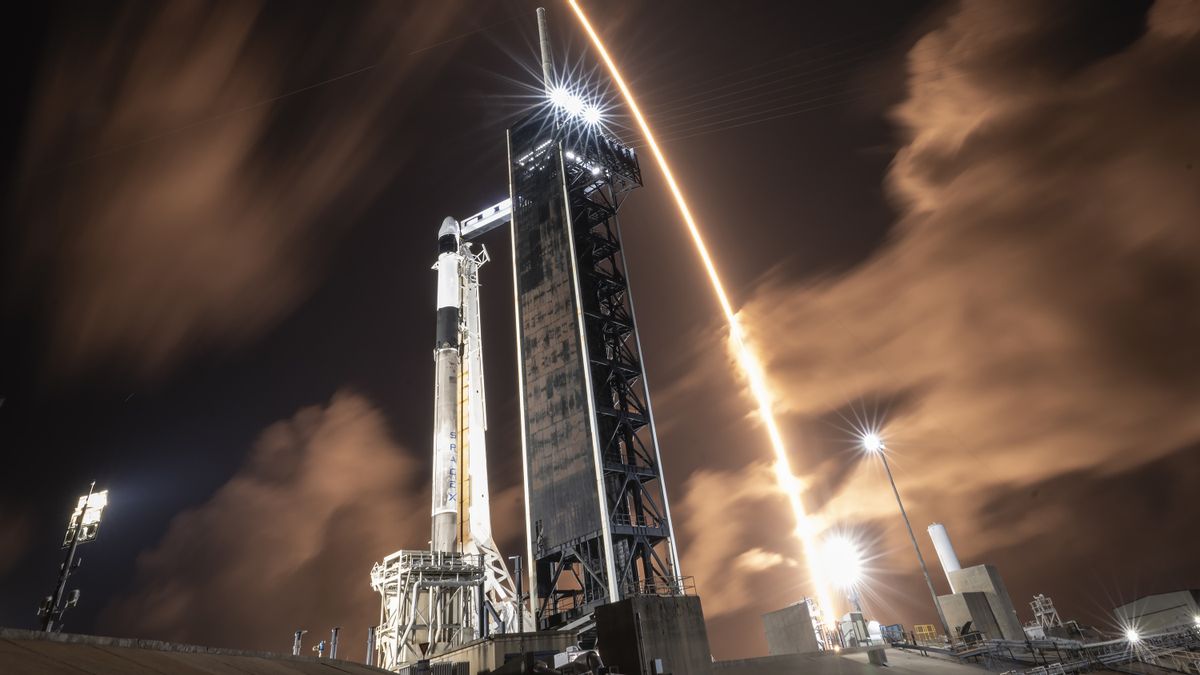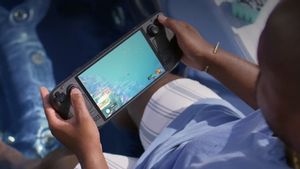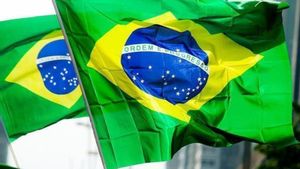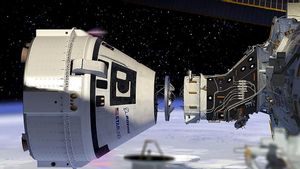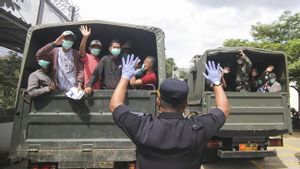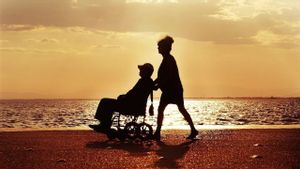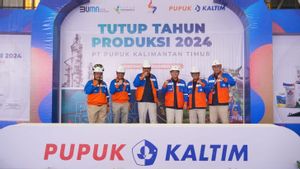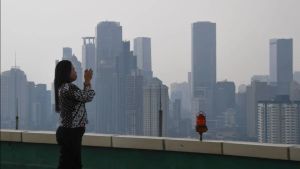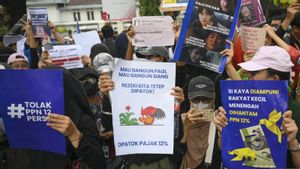JAKARTA The Federal Aviation Agency (FAA) has lifted the Falcon 9 launch ban on Saturday, August 31. After the ban was lifted, SpaceX immediately flew Falcon 9 for Starlink launch.
This rocket launched from the Space Launch Complex 40 at the Cape Canaveral Space Station at around 14:44 WIB. Falcon 9 flew carrying 21 Starlink satellites to be placed in Earth orbit.
One hour later, SpaceX launched its second Falcon 9 from a different location. This rocket was flown from the 4E Space Launch Complex at the Vandenberg Space Force Base at around 15:49 WIB. Just like the first rocket, this second rocket carries 21 Starlinks.
This is the shortest launch interval from Falcon 9. Previously, SpaceX had never launched Falcon 9 with a launch distance of 65 minutes. SpaceX was forced to do this because its rocket was banned from flying for several days.
On August 28, the Falcon 9 booster did not land perfectly even though the launch went smoothly. All the cargo carried was successfully placed in orbit, but the booster was destroyed after landing on a vehicle called A Shortfall of Gravity.
SEE ALSO:
The FAA, reported by Spacenews, said SpaceX submitted a request for a flight back the day after the ban was issued. The agency is still investigating the first phase of the Falcon 9 booster, but the rocket is allowed to fly back.
"The SpaceX Falcon 9 vehicle can resume operations during a thorough investigation into the anomaly during the Starlink Group 8-6 mission is still ongoing, provided all other licensing requirements are met," the FAA said.
The investigation will continue as the FAA and SpaceX do not yet know the cause of Falcon 9's first-stage booster crash after landing. So far, it is known that the booster failure does not pose a risk related to public safety.
The English, Chinese, Japanese, Arabic, and French versions are automatically generated by the AI. So there may still be inaccuracies in translating, please always see Indonesian as our main language. (system supported by DigitalSiber.id)
